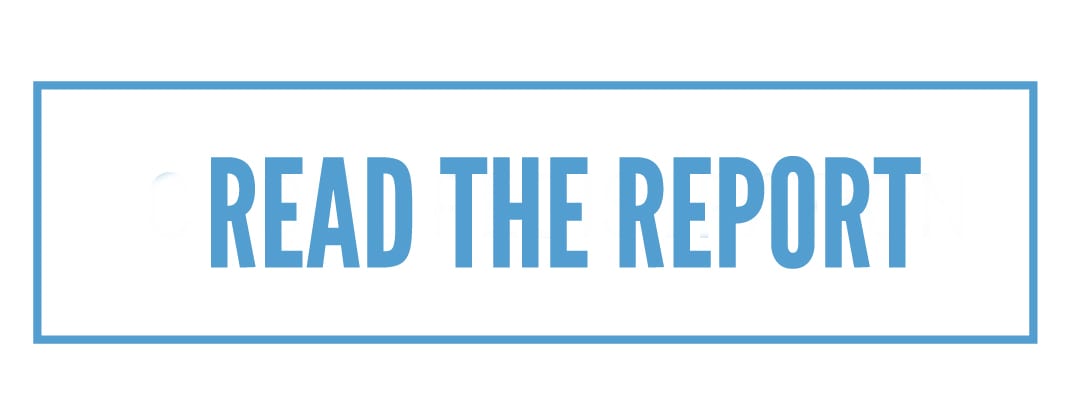Yesterday AstraZeneca announced positive results from its COVID-19 vaccine trial, becoming the third company in as many weeks to have a vaccine on the immediate horizon. “Immediate,” I should qualify, means it could be approved for emergency use as soon as December, but widescale availability remains months away.
This is still very good news and reinforces the fact that there is light at the end of the tunnel, finally. More and more, talk is turning to the logistics of how vaccines will be distributed, who will go first, and the pros and cons of the three current options, including cost, cold storage needs and dosing intervals. When it comes to distribution, it’s not just how we here in the U.S. will get the vaccine out, but how vaccines will be distributed in other countries, especially those that lack a modern medical infrastructure. As one scientist noted, given global travel and commerce, if COVID-19 is anywhere in the world, it’s everywhere in the world.
You can read more about the AstraZeneca vaccine in the company’s announcement.
New treatment approved
More good news, on the treatment front the Food & Drug Administration issued an emergency use authorization Saturday for Regeneron’s antibody “cocktail,” the same treatment that made news when it was given to President Trump last month. The approval is limited to those 12 and older with mild to moderate symptoms and who are at high risk of complications from COVID-19. It must be given through an IV in a hospital or clinic. Quick turnaround testing is critical to the ability to administer this treatment because it must be given when the amount of virus in the body is high, but before the body launches its full response.
The initial supply will be allocated based on state case rates.
National and state case data
The charts below show why many are referring to the current surge in COVID-19 cases as the third wave. Whatever you want to call it, the data shows COVID-19 cases are reaching new highs, resulting in similar surges in hospitalizations and deaths.



















